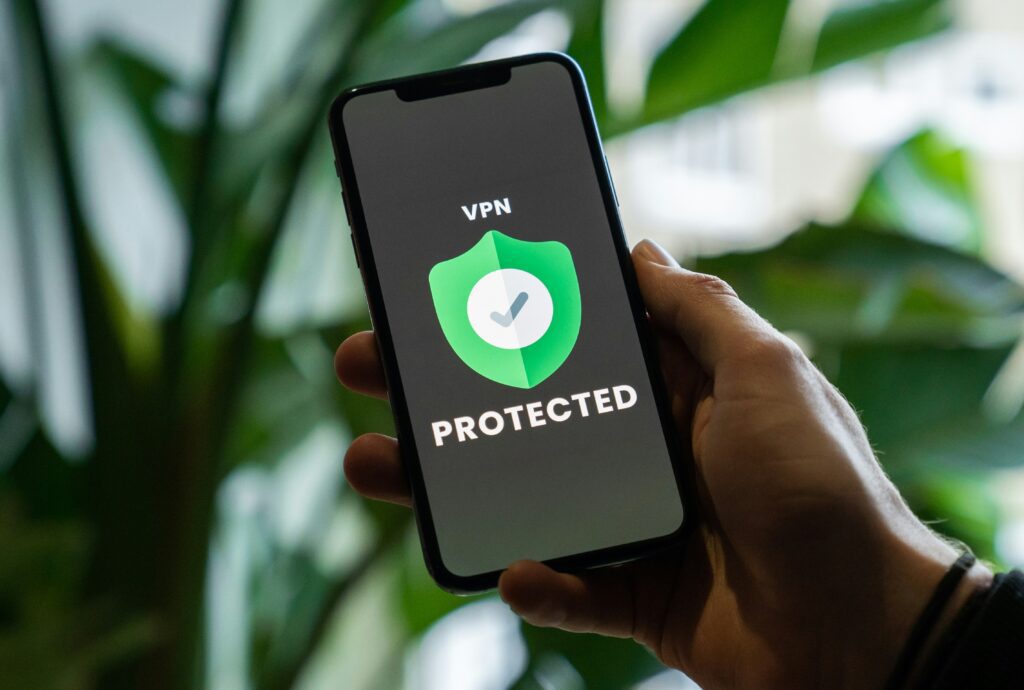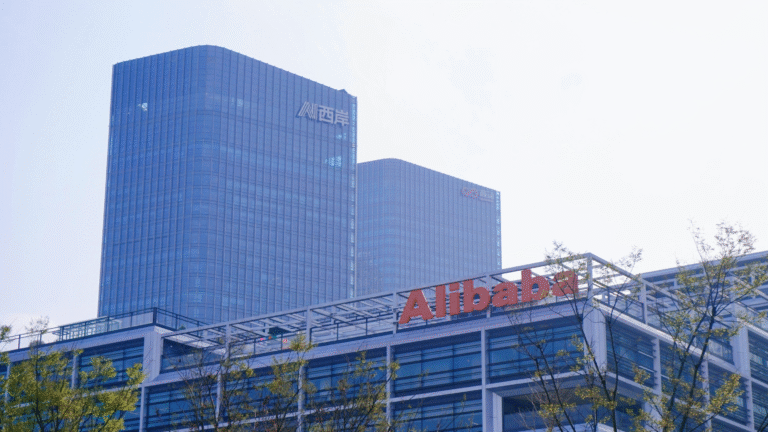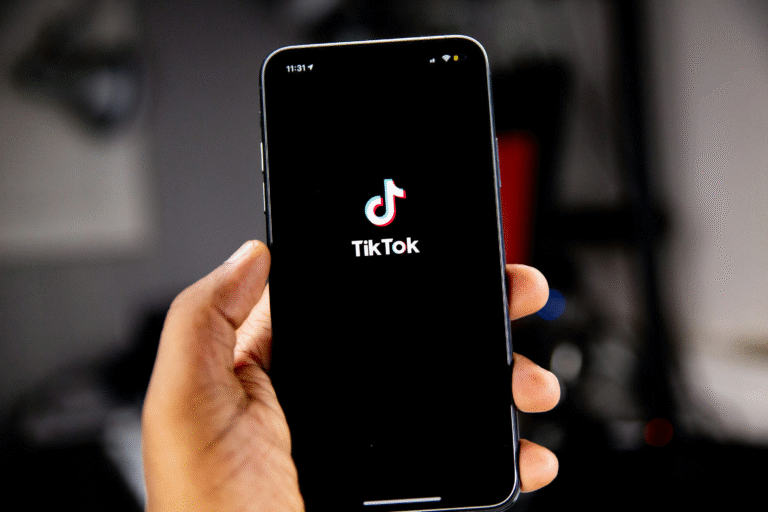
As the world continues to embrace the remote work model, the landscape of cybersecurity faces unprecedented challenges. From my own experience working remotely, I’ve seen firsthand how companies and workers are still acclimatising to this rapid change, which has revealed numerous vulnerabilities in our digital infrastructure. Working from home has many benefits, such as flexibility and an improved work-life balance, but we cannot ignore the cybersecurity threats that come with it.
One of the primary challenges of remote work is the decentralisation of the workforce. Employees are no longer confined to the secure, controlled environment of an office. Instead, they are accessing sensitive company data from various locations, often using personal devices and networks. This decentralisation increases the attack surface for cybercriminals, who are quick to exploit any vulnerabilities. I remember a colleague who had his personal laptop compromised because it lacked proper security measures, underscoring the importance of securing personal devices.
Another vital aspect of remote work cybersecurity is the use of Virtual Private Networks (VPNs). VPNs encrypt internet traffic, making it much more difficult for cybercriminals to intercept and steal data. I always ensure my VPN is active whenever I’m accessing company resources. Companies should ensure that all remote workers use a VPN whenever accessing company resources. Additionally, investing in high-quality VPN services can provide an extra layer of security.

Two-factor authentication (2FA) is another powerful tool in the cybersecurity arsenal. By requiring a second form of verification, such as a code sent to a mobile device, 2FA makes it significantly harder for attackers to gain unauthorised access to accounts. I recall implementing 2FA for my team, and although there was initial resistance due to the extra step, it has since prevented several potential security breaches. Companies should implement 2FA across all applications and systems that employees use.
Despite these measures, the human element remains a significant vulnerability. Social engineering attacks, such as phishing, have become increasingly sophisticated. Cybercriminals often target remote workers with emails that appear legitimate but contain malicious links or attachments. I once received an email that looked like it was from our IT department, requesting a password reset. Luckily, I double-checked with our IT team before clicking any links. It’s crucial for employees to be vigilant and sceptical of unsolicited emails, especially those requesting sensitive information or urging immediate action.
Regular software updates and patches are essential for maintaining security. Cybercriminals frequently exploit known vulnerabilities in outdated software. By ensuring that all devices and applications are up-to-date, companies can close many potential entry points for attacks. Automated updates can help streamline this process, reducing the burden on employees. I make it a habit to check for updates regularly, as even a small delay can open up opportunities for cyber threats.
Data encryption is another cornerstone of cybersecurity. Encrypting sensitive data ensures that even if it is intercepted, it cannot be read without the proper decryption key. Both at-rest and in-transit data should be encrypted to provide comprehensive protection. Companies should also consider endpoint security solutions that provide real-time protection against malware and other threats. I once had an experience where encrypted data saved us from a potentially severe data breach when an employee’s laptop was stolen.
The proliferation of cloud services has further complicated the cybersecurity landscape. While cloud providers typically offer robust security measures, the shared responsibility model means that companies are still accountable for securing their data. Organisations must carefully evaluate the security features of any cloud service they use and implement additional measures as needed. I’ve worked with several cloud providers, and I always stress the importance of understanding each provider’s security protocols.
Remote work has also blurred the lines between personal and professional use of devices. Many employees use their personal devices for work-related tasks, which can introduce additional risks. Companies should implement policies that restrict the use of personal devices for accessing sensitive information. Where this is not possible, mobile device management (MDM) solutions can help secure and manage personal devices used for work. I had a situation where an employee’s personal device, used for work, was compromised, leading us to adopt stricter MDM policies.
One of the often-overlooked aspects of cybersecurity is the physical security of devices. Remote workers may use laptops and other devices in public places where they can be stolen or accessed by unauthorised individuals. Employees should be educated about the importance of keeping their devices secure and never leaving them unattended in public spaces. I always remind my team to be mindful of their surroundings when working in public, having heard of instances where unattended laptops were stolen from coffee shops.
Incident response planning is crucial for minimising the impact of a security breach. Companies should develop and regularly update an incident response plan that outlines the steps to take in the event of a cyberattack. This plan should include procedures for containing the breach, notifying affected parties, and restoring normal operations. Regular drills and simulations can help ensure that employees are prepared to respond effectively. We conduct quarterly drills to keep everyone on their toes and ensure our response is swift and effective.
The remote work surge has also highlighted the importance of collaboration between IT and other departments. Cybersecurity should not be viewed as solely the responsibility of the IT department. Instead, it should be integrated into the overall business strategy, with input and cooperation from all areas of the organisation. This collaborative approach can help ensure that security measures are practical and effective. In my experience, the best security practices come from teamwork and open communication between departments.
Employee well-being is another factor that can impact cybersecurity. The stress and isolation associated with remote work can lead to burnout, which in turn can result in lapses in judgement and security practices. Companies should support their employees’ mental health and well-being, providing resources and encouraging a healthy work-life balance. I make it a point to check in on my team regularly and encourage breaks and downtime to maintain their overall well-being.
The remote work revolution has brought significant benefits but also substantial cybersecurity challenges. By adopting best practices such as comprehensive policies, VPNs, 2FA, regular updates, and data encryption, companies can mitigate many of these risks. However, the human element remains a critical vulnerability, and ongoing education and vigilance are essential. By fostering a culture of security and collaboration, organisations can navigate the cybersecurity maze and protect their valuable assets in this new era of work.












